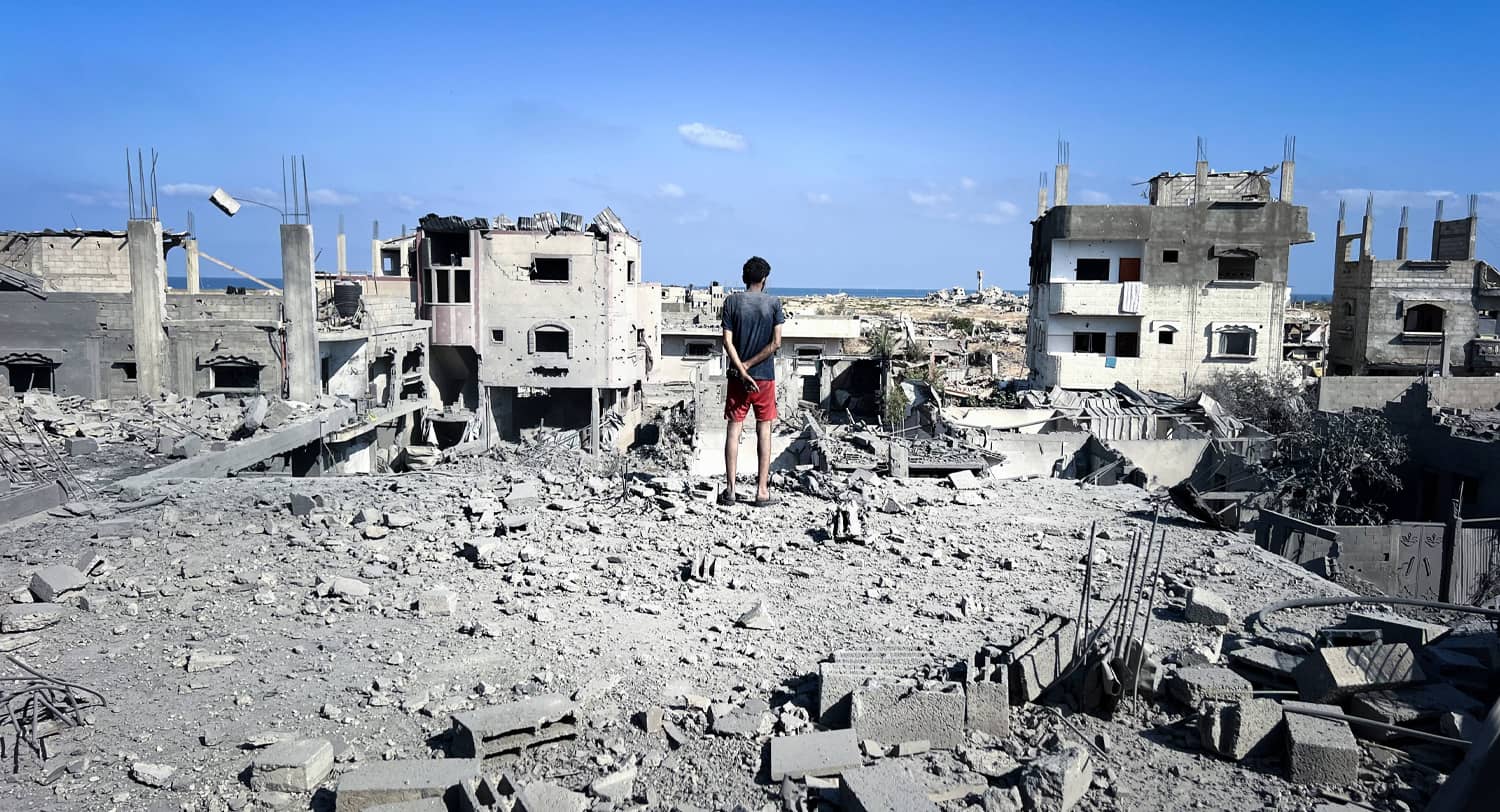There are no easy answers to the question of what Israel should do in the Gaza Strip. Hamas is demanding a complete Israeli surrender in exchange for releasing the remaining hostages, whom it has bandied about in horrific videos. The only option is to cope intelligently and soberly with a situation that is borderline impossible.
On August 8, Mr. Netanyahu had his cabinet adopt a resolution to “take control” of Gaza City after moving its population of 800,000 to the southern sector of the Strip. The target date was set to October 7, but few take this threat seriously, especially in view of the IDF’s grave doubts about the wisdom of the idea and its practical implications. One also has to keep in mind the fatigue of the combat units after almost two years of fighting, during which tens of thousands of reservists were called to serve for unprecedentedly long periods.
Israel cannot afford to take exclusive responsibility for running the enclave, and it will not take certain punitive measures for humanitarian reasons, like suspending the water supply to the city in an attempt to force the inhabitants to leave. At any rate, Hamas cadres would join incognito the massive migration of displaced Gazans as they did in Rafah and Khan Younis, rather than make a hopeless last “heroic” stand. Thus, the doctrine of separating civilians from Hamas has a very slim chance of success.
An Israeli ground offensive in Gaza City might also reinforce the uncompromising position of Hamas’s leadership overseas, which currently has full Qatari and Turkish support. Amid the whirlwind of disagreements and internal power struggles within Hamas, their only consensus formula in negotiations is to demand total victory. Terms include: Israel to release all the Palestinian prisoners serving life-term sentences (roughly 300) and 55 terrorists who have not yet been tried for murder, but who are expected to receive similar sentences (the Nukhba or “elite” murderers who committed the barbarous crimes of October 7); Hamas to release the last Israeli hostages only after the process of Gaza’s reconstruction begins.
Confronted by these circumstances, Israel cannot afford to take the risks that another large-scale ground attack in Gaza would entail – not only in terms of casualties among IDF soldiers, but first and foremost because of the political cost another campaign will have globally.
An attack on either Gaza City or the refugee camps in the central Strip, and the ineluctable civilian casualties that will ensue, will make it very difficult for King Abdullah, President Sisi and Sheikh Muhammad bin Zayed to maintain their ties with Israel. That diplomatic setback would outweigh the limited benefit derived from a ground offensive. Hamas has already been downgraded from a well-armed terrorist army to a scattered network of guerilla bands. The IDF cannot be expected to “finish off” all of the remaining Hamas fighters, though it can keep the pressure on them and gradually force them to make a choice.
There is a better path that, though hardly perfect, might be pursued.
Hamas should be compelled to face a bitter choice: either give up its arms or stay in power over two million angry Gazans stranded in dozens of square kilometers of rubble. They are extremely worried about such a scenario, but they cannot avoid it since the IDF will redeploy inside the Strip, dividing it into several sectors. The Israeli air force will stay in the sky. Any Hamas fighters who attempt to come out of the tunnels will be hit in the same manner as the ongoing Hizbullah attempts in Lebanon.
Humanitarian aid will need to continue to flow into Gaza, preferably through the American-run and Israeli-financed Gaza Humanitarian Fund, in order to minimize Hamas profiteering from every truck, collectively estimated to add up to half a billion dollars.
But the international community should distinguish between humanitarian assistance and economic reconstruction of the Strip. The latter, a multi-billion dollar project, will require the entry of huge amounts of heavy equipment and building materials. Any reconstruction work must be conditioned on release of all the hostages and the disarmament of Hamas. The Arab states, including the Palestinian Authority, as well as US and the Europeans are all united around the demand to demilitarize Gaza.
At the same time, using the most powerful loudspeakers possible, Israel should announce that it is entering into negotiations with Arab countries and the Palestinian Authority about plans for the “Day After” in Gaza. There are plenty of good principles already presented by Egypt and the Palestinian Authority, and even more in a UAE “non-paper.” Hamas should face a broad coalition insisting on its disarmament. This approach will immediately change Israel’s situation, driving Hamas into a dead end and allowing the Western officials who haven’t yet turned against Israel to continue to support it.



